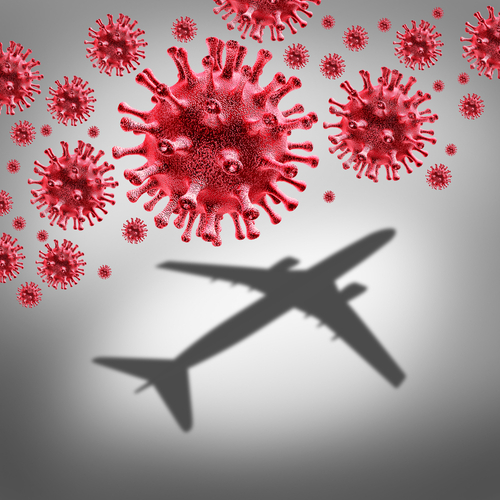
Results from a U.S. Transportation Command (USTRANSCOM) analysis have determined overall exposure risk from aerosolized pathogens such as coronavirus is low on contracted aircraft used to transport personnel.
The Commercial Aircraft Cabin Aerosol Dispersion Test was initiated in late August and performed by the Zeteo Tech, S3i, the University of Nebraska’s National Strategic Research Institute, and Defense Advanced Research Projects Agency on aircraft types frequently contracted by USTRANSCOM – the Boeing 767-300 and 777-200.
“Our mission here at U.S. Transportation Command is to conduct global logistics operations on behalf of the Department of Defense,” Vice Adm. Dee Mewbourne, deputy commander of USTRANSCOM, said. “Part of this mission involves moving military personnel, civilians, and families around the globe. We invested in a study to inform us if our mitigation measures are providing the safest possible means of transportation.”
The test included a real-time method for mapping tracer particle concentration for passengers across four-cabin zones on the 777-200 and three sections for 767-300 Boeing aircraft. Mannequins with and without face masks were placed in various seats on the aircraft while fluorescent tracer particles were released at intervals of two seconds to simulate breathing for a minute during ground and in-flight tests.
“While the tests did have some limitations, specifically it only considered a single infected passenger and did not attempt to gather data reflecting passenger movement about the cabin, the results are encouraging,” Cmdr. Joe Pope, USTRANSCOM operations directorate liaison for the testing, said. “For both the 777 and 767 airframes, the calculations show about 54 flight hours are required for cumulative inhalation of an assumed infectious dose.”